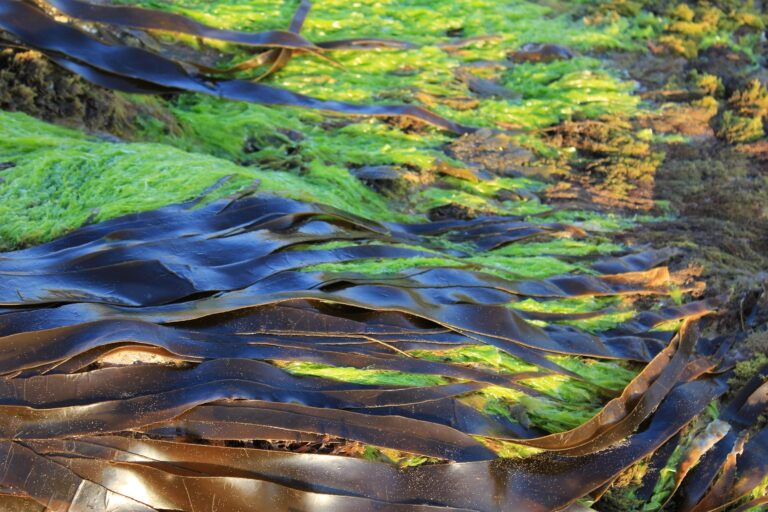Kelp forests are known for their ecological diversity, providing a home for a wide variety of marine life and playing an important role in coastal ecosystems. However, recent research has also shown that kelp forests can act as a powerful carbon sink, absorbing and storing large amounts of carbon dioxide from the atmosphere.
Kelp, a type of seaweed, absorbs carbon dioxide through the process of photosynthesis, just like land-based plants do. During photosynthesis, kelp converts CO2 and sunlight into energy and organic compounds, using a significant portion of the CO2 for growth. As the kelp grows, it stores the carbon in its biomass, effectively removing it from the atmosphere and sequestering it in the ocean.
Kelp forests, which are dense underwater ecosystems composed of multiple species of kelp, can be particularly effective carbon sinks. They can absorb and store large amounts of carbon because they are composed of a large biomass and are able to grow rapidly. Additionally, kelp forests can store carbon for long periods of time, as the carbon is locked away in the biomass and in the ocean sediment.
One study found that a single hectare of kelp forest can sequester up to 27 tons of carbon per year, which is comparable to the carbon sequestration potential of terrestrial forests. Furthermore, kelp forests also absorb and store nitrogen and phosphorus, which are important nutrients for marine life, and act as a food source for a variety of marine animals.
Despite the potential of kelp forests as a carbon sink, it is important to note that more research is needed to fully understand and quantify their potential. Additionally, kelp forests face a number of threats, including overfishing, pollution, and climate change, which can negatively impact their ability to absorb and store carbon.
However, conservation and restoration efforts can help to protect and restore kelp forests, which can not only improve marine ecosystems but also contribute to efforts to mitigate climate change.






